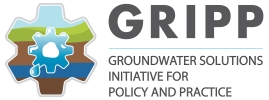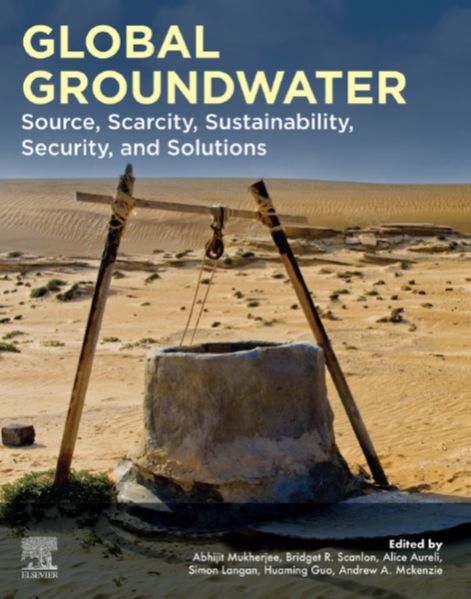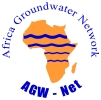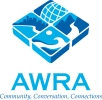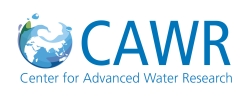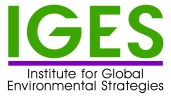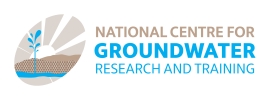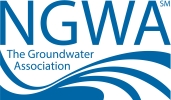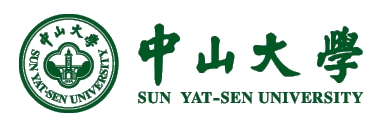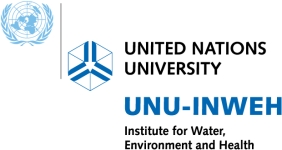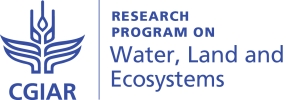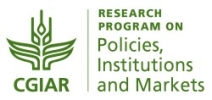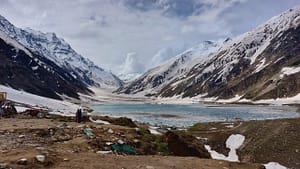The importance of groundwater to society and ecosystems worldwide cannot be overstated. Groundwater is the main source of drinking water for billions of people. It is also the source of water for more than 40% of irrigated agriculture today, and this figure keeps increasing. Groundwater supports flows in rivers and streams, springs, oases, riparian vegetation, and important associated ecosystems. It also plays a critical role in naturally suppressing seawater intrusion and land subsidence. In many parts of the world, improper management of groundwater resources is leading to the depletion of aquifers (as evidenced by declining water tables) and deterioration of groundwater quality (such as salinization or introduction of man-made contaminants), which create issues for future human development scenarios. Climate change, population growth, and continued agricultural and industrial development exacerbate the risks to the available quantity and quality of groundwater resources. A new book published by Elsevier, Global Groundwater: Source, Scarcity, Sustainability, Security, and Solutions, and edited by Abhijit Mukherjee, Bridget R. Scanlon, Alice Aureli, Simon Langan, Huaming Guo and Andrew A. McKenzie, provides valuable insights and details on many of these risks.
Whereas no single volume could completely address all groundwater issues on a global scale, the editors are commended for putting together a book that identifies and discusses issues of key thematic and geographic importance. Regional analyses span five continents and 14 countries. Reviewing the book, Richard W. Healy found the articles to be well written and insightful. The primary audiences for the book are groundwater professionals and policy makers; however, majority of the chapters are written in a clear, nontechnical language, which makes them readily accessible to the general public.
The book comprises 45 chapters, each authored by prominent scholars and practitioners in their fields of expertise. A diverse range of topics are covered, including local groundwater supply and contamination case studies, country-wide overviews of the occurrence, use, quality and management of groundwater resources, for example, in Brazil, Laos, Bangladesh, Afghanistan, and Australia, the science and policy used to manage transboundary aquifer systems, such as in the Nile River Basin, and the case of Israel with its long history of managed aquifer recharge. Of particular value for groundwater professionals are reviews of the current state of knowledge on topics such as the occurrence and remediation of arsenic, other naturally occurring pollutants, and man-made contaminants such as perfluoroalkyl and polyfluoroalkyl substances (PFAS) in groundwater. Other issues evolve around the use of the Gravity Recovery and Climate Experiment (GRACE) satellite system of the National Aeronautics and Space Administration (NASA) for estimating regional-scale water storage, desalination of brackish groundwater, and the virtual flow of transboundary water in agricultural products. Policy makers will appreciate the detailed discussion of the long-term challenges facing groundwater managers in western India, where government-subsidized electricity for pumping groundwater for irrigation has elevated the quality of life for millions of small-scale farmers while progressively leading to aquifer depletion and unsustainable agricultural livelihoods.
This book should prove to be a valuable resource for groundwater professionals, since it provides reviews of current technologies, and introduces the socioeconomic issues that should be considered in conjunction with the technical issues when developing groundwater management plans or addressing unforeseen crises. For policy makers, who, for the most part, are familiar with the socioeconomic issues, the book highlights the technical practices and solutions that promote the sustainable management of groundwater resources, such as monitoring the levels and quality of groundwater; the ways to manage both supply and demand; and the options for integrated management of multiple water sources, such as groundwater and surface water. Finally, for the general public, the book highlights the importance of groundwater and its value in our everyday lives, and provides an understanding of the technical and cultural difficulties that must be addressed to preserve the benefits of this most valuable resource for present and future generations.
Richard W. Healy
Groundwater Professional
Boulder, Colorado, USA
For a short description, information on editors, and purchase information, please visit the Elsevier website.
Citation:
Mukherjee, A.; Scanlon, B.R.; Aureli, A.; Langan, S.; Guo, H.; McKenzie, A.A. (Eds.) 2021. Global groundwater: Source, scarcity, sustainability, security, and solutions. Elsevier. 676p.
Soft cover: ISBN 978-0-12-818172-0
eBook: ISBN 978-0-12-818173-7
Sign up for GRIPP news and updates
Sign up for the Call to Action on Global Groundwater Sustainability






